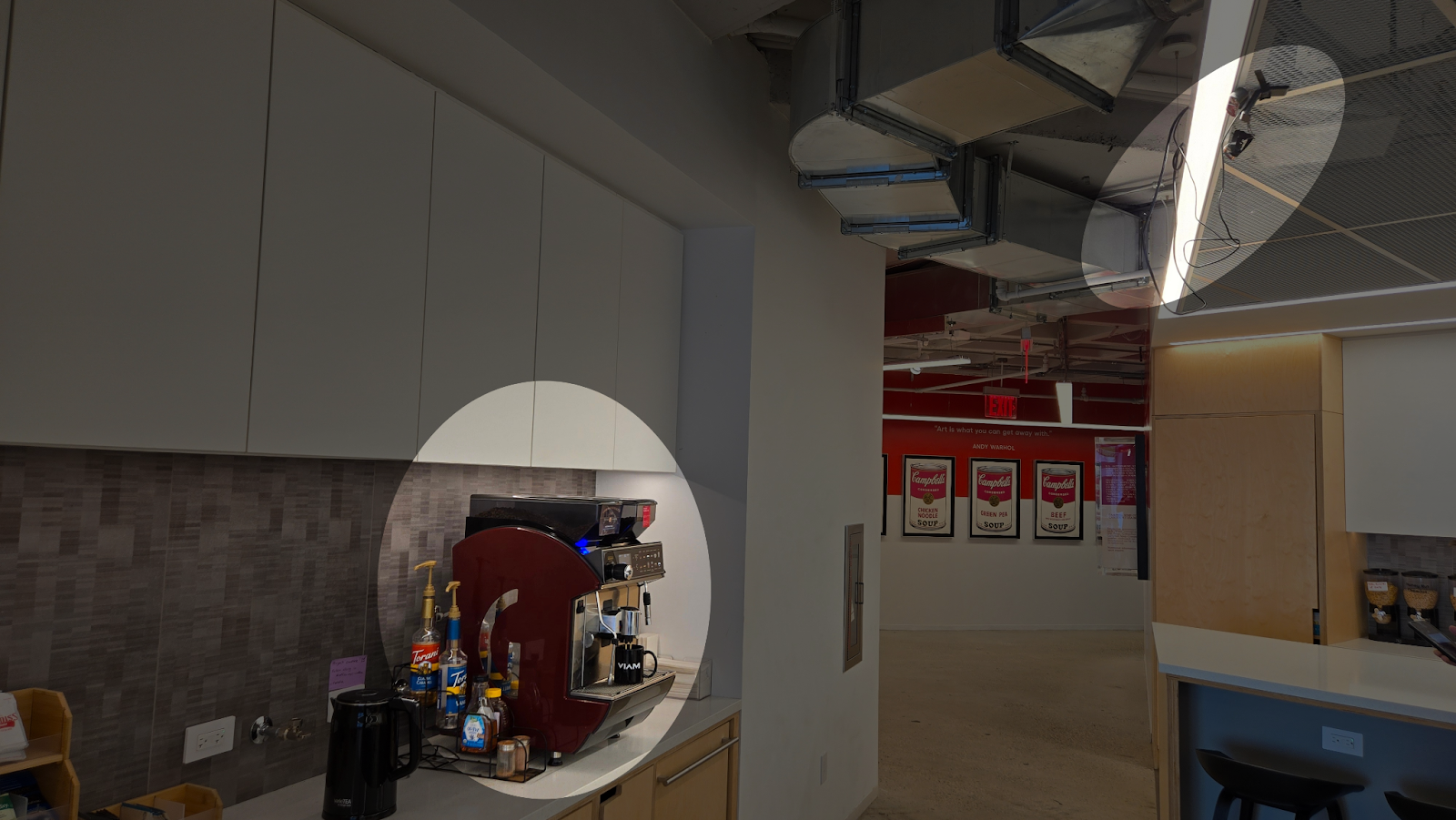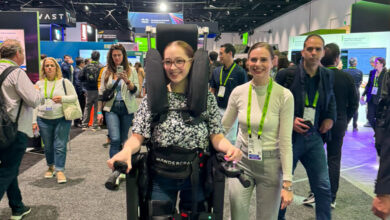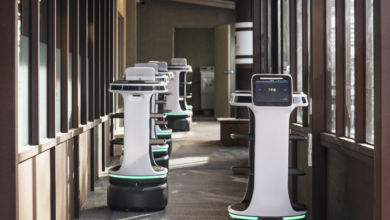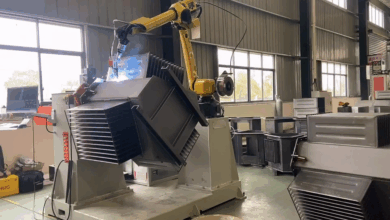From slow drip to quick deploy: Building an end-to-end edge ML project with Viam
I recently set out to build an alerting system to notify the office when coffee grounds need to be emptied from the machine. A project like this would typically take months to build due to the complexities of edge ML development: data extraction requires navigating multiple tools, model training involves compatibility challenges, and deploying ML models to edge hardware demands extensive integration work and troubleshooting. However, using Viam’s end-to-end platform, I completed the entire project in just a few days.
Here, I’ll share how I transformed an idea into a working edge ML system in 3 days, and what this experience reveals about how Viam can help you build intelligent hardware solutions without the usual development headaches.
Day 1: Setting up the solution
I’m no stranger to hardware projects, so I was able to quickly write up a list of materials and implementation steps to get started. I envisioned a solution that only required a small camera mounted to the ceiling and a Raspberry Pi.
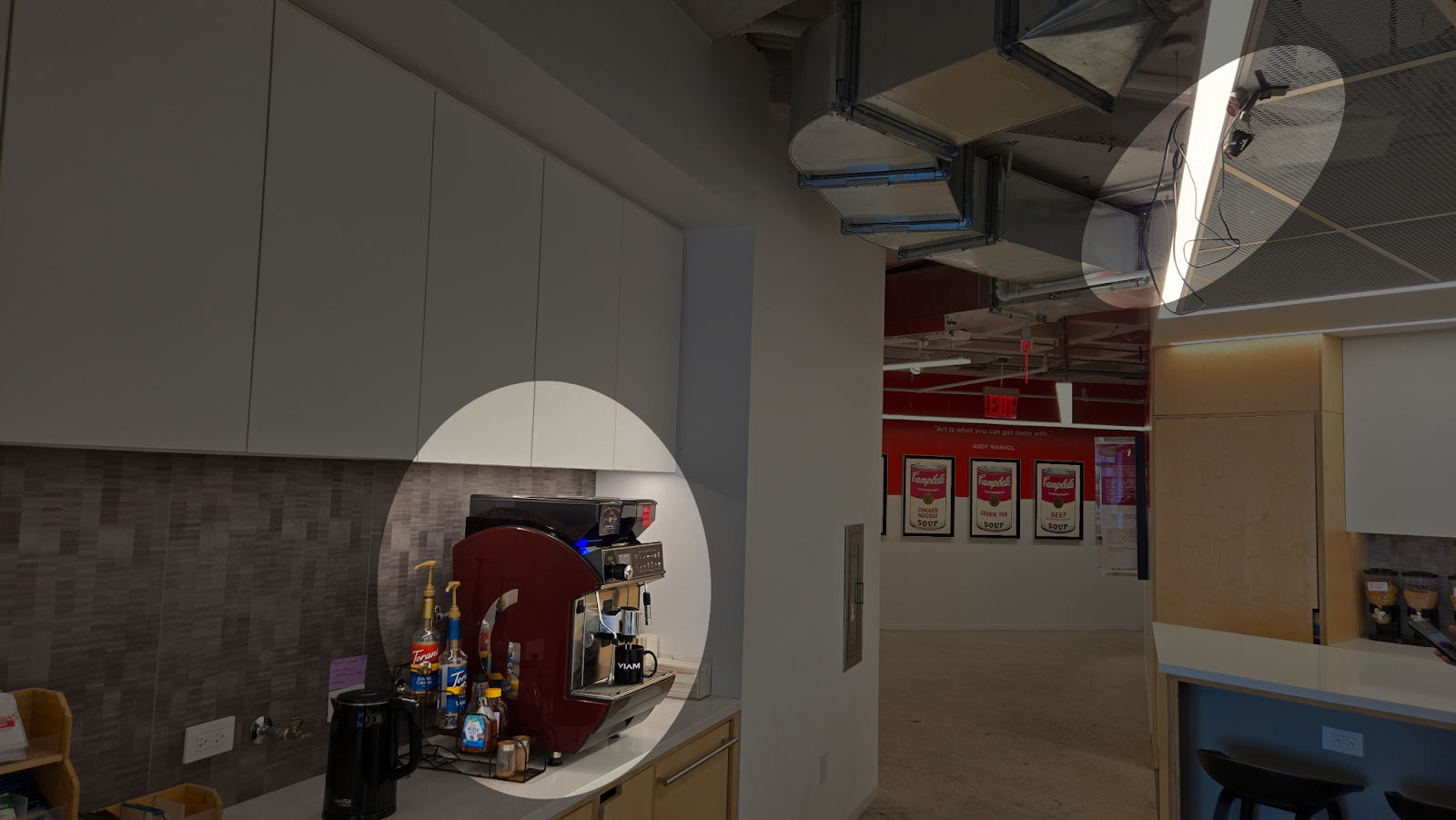
The first step was to mount the camera, connect it to the Raspberry Pi (with viam-server installed), and start capturing images to train a model on. However, the hardware setup initially caused some trouble: given the distance between the ceiling-mounted camera and the coffee machine, the image of the small screen on the coffee machine was illegible, and the “empty grounds” alert could not be detected. Upgrading to a 4K camera provided the image quality necessary to effectively train the model.
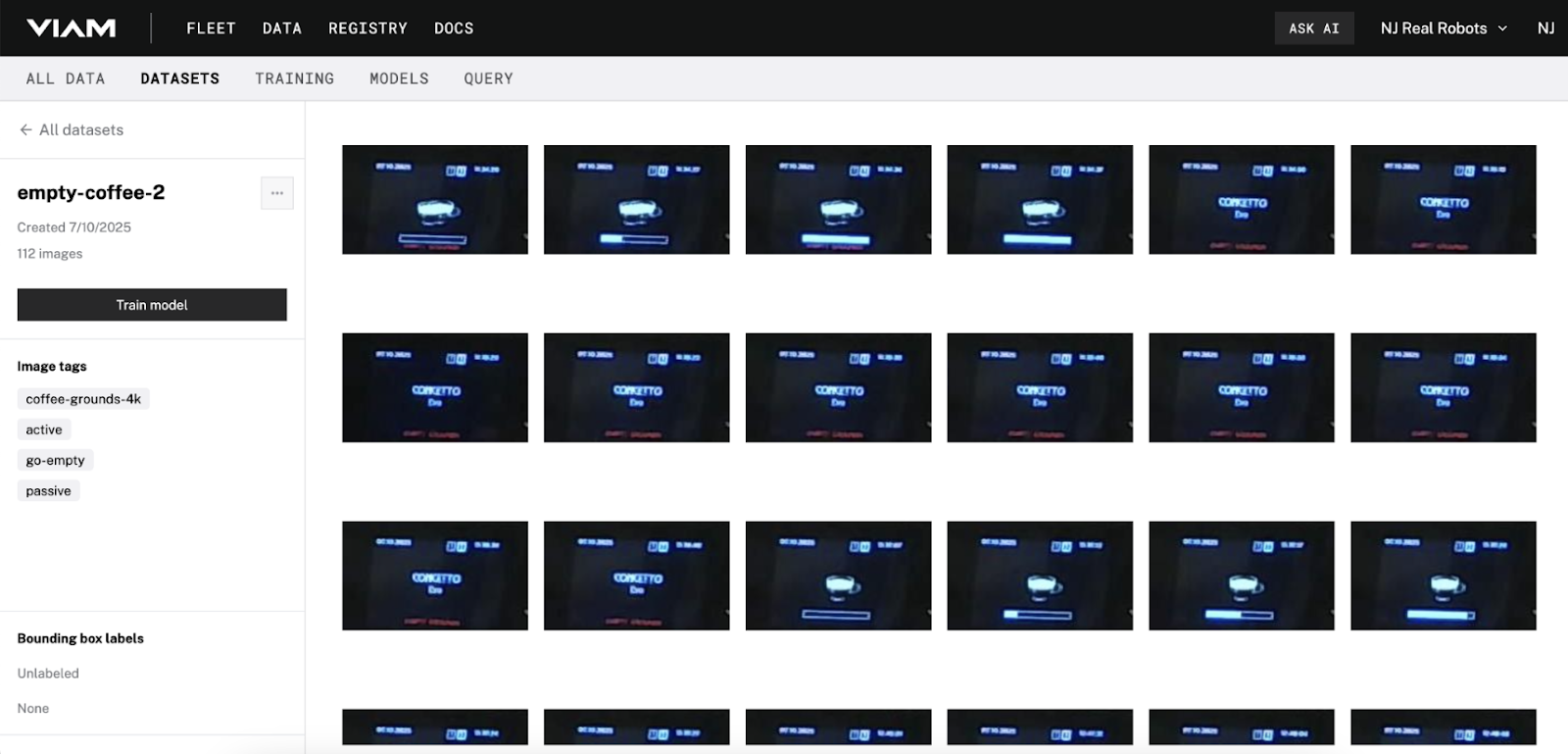
Check out the best Raspberry Pi camera projects to try in 2025
Learn more
Day 2: Using Viam for the complete model training workflow
Instead of exporting data from one application, importing it into another for labeling, moving to a third platform for training, and then (finally) wrestling with deployment scripts, Viam’s all-in-one platform kept my entire workflow in one place. Most edge ML projects span multiple tools and platforms, but I could handle the complete process within Viam’s unified ecosystem.
To do this, I first set up a cropped view of the camera stream to only include the screen on the coffee machine. Next I used Viam’s data management service to automatically capture and sync images from the camera to the cloud. These images could then be viewed and labeled in Viam, where I could tag images as “active” (the machine is making a drink), “passive” (the machine is idle), or “go-empty” (when the screen shows the “empty grounds” message). This was all done without any need for data export or image format conversion.
Once I had sufficient labeled data, I began training the model. Using the training interface, I selected a dataset and labels to train a multi-label classification model. Viam handled the entire training pipeline—from data preprocessing to model optimization—and automatically configured the model architecture for deployment on resource-constrained edge hardware like the Raspberry Pi. No hyperparameter guesswork, no compatibility concerns, no wondering whether the trained model would actually run on the Pi.
The deployment phase was straightforward with Viam. With a few clicks, I deployed the trained model directly back on to the same Pi that had been collecting the training data. The model ran immediately, analyzing the coffee machine screen in real-time without any additional configuration or troubleshooting.
I configured my machine on Viam in mere minutes, allowing for quick iteration, and setup was straightforward. I had the camera connected and streaming data within minutes, and I was able to iterate on the training process, adding images to the dataset to fine-tune the model. I was even able to quickly deploy the model onto the Pi to test the model in the real environment.
Day 3: Setting up an alerting system
Once I got a well-performing model running on the Pi, I was able to set up a trigger to send a Slack message or email when the screen showed “empty grounds”. This automated connection from a physical change in the coffee machine to an instant notification represents the true power of edge ML: turning real-world events into immediate, actionable insights without human monitoring.
I expanded on this by using a powerful feature of Viam: the ability to repurpose the same captured data for multiple intelligent applications. Using Viam’s event manager, I could create various triggers and alerts based on the same data without writing any code. The same camera feed that monitored the “empty grounds” message could trigger different alerts, like notifying when coffee is being made or when the Pi needs maintenance. I even built a Teleop dashboard to monitor the entire system.
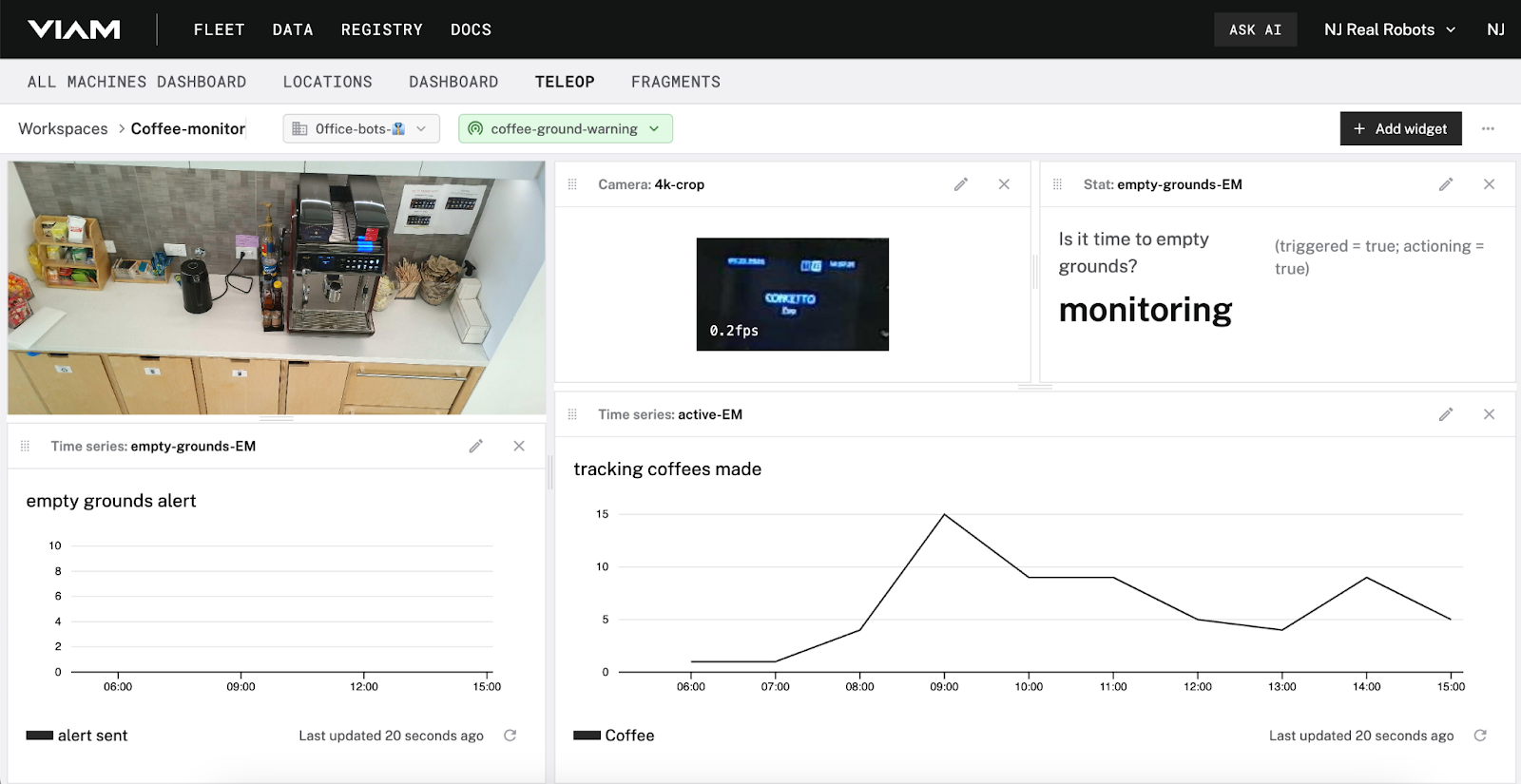
Scaling smart solutions
Looking ahead, I’ve laid the foundation for a smart coffee solution. I’m thinking of expanding the project by alerting when the coffee mug supply runs out, keeping track of the most popular coffee flavors, and even using a load sensor under the cold brew carafe to sense when the supply is low and automatically place an order.
Beyond just monitoring and alerting, Viam’s platform enables seamless actuation to create truly autonomous systems. I could automatically turn on the coffee maker when someone approaches, dispense the right amount of cream and sugar based on individual preferences, or even activate a simple conveyor belt to move fresh cups to the pickup area. These actuation capabilities transform the system from simply notifying about coffee status to actively managing the entire coffee experience.
With Viam’s platform, these additions would follow the same streamlined workflow: collect data, train models, deploy to edge devices, and create intelligent triggers—all without leaving the platform or managing complex integrations. Viam makes it easy to expand projects like this by providing a solid foundation and giving me the tools I need to iterate and expand on my ideas.
What started as a simple coffee grounds monitoring project became a perfect demonstration of how Viam transforms edge ML development from a months-long ordeal into a streamlined few-day sprint.
Whether you’re building a facial ID door system, an AI tracking webcam, a smart snack dispenser, or anything in between, Viam provides an end-to-end platform that handles everything from data collection to model deployment and intelligent alerting. This eliminates the tool-switching, integration debugging, and deployment headaches that typically plague hardware projects.

